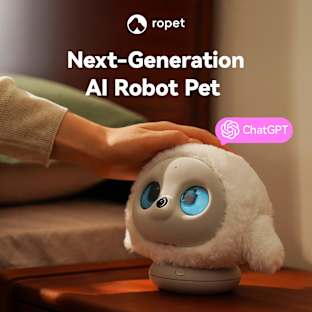Project Background and Purpose
In 2013, while watching a Nova program on whales and dolphins I realized I could modify a language comprehension method I developed (ASLA) to test dolphins in order to learn whether they would understand human language. After meeting with administrators at several different dolphin facilities in the United States, in 2018 UNEXSO dolphin experience in Freeport Bahamas invited me to launch the pilot study at their facility. After 20 days, the study culminated with me having worked 17 hours with a dolphin named Cacique and his trainers. The videotaped sessions reveal very impressive results of a remarkably focused dolphin that learned to hear and properly select 6 different items when named.
The study provides a conceptual approach in guiding a dolphin(s) toward understanding human language. One of the strong points of the study is that I also have years of video footage from my Methods for Teaching Indigenous Languages classes of students learning Arapaho. When comparing videos from student classes with the dolphin videos, some of the videos show similarities between the learning patterns of students in classroom instruction with that of certain learning patterns Cacique demonstrated during his language learning sessions. These similarities may prove to be very important in moving Cacique toward greater language complexity that may potentially increase our understanding of concepts that underlie dolphin communication.
![]()
The plan this summer is to 1) assess Cacique to learn what has been retained from last summer, 2) see if a second dolphin demonstrates the same learning capacity, and 3) bring both dolphins together to see if the two will enhance each other's learning with the goal of trying to have them understand a full sentence, and possibly more. Supporting this campaign will contribute to innovative and groundbreaking work.
A few notes on the reason for setting up this campaign, and how donations will be used:
- In October 2018 I delivered the President's Distinguished lecture on my work with Cacique at New Paltz State college. In spite of this honor, and the preliminary success of my work, the several applications written to standard funding agencies were not funded. The amount that I am seeking to bring the study to the next level is $16,000, which covers travel, lodging, renting a car, a stipend to pay UNEXSO for use of dolphin trainers as part of establishing a working team, and for feeding the dolphins.
- Whatever funds are raised will go first toward airfare, and then to UNEXSO (for trainers and feeding the dolphins). What would be covered after that is lodging and car rental. If the amount is exceeded then more of a stipend for the dolphins and trainers would be provided, and any excess beyond would remain in a non-profit company bank account that would go toward a second year whose focus would be to build a larger conceptual phrase base with the dolphins.
![]()
![]()
The Impact
Science has sought to break what is referred to as the "Dolphin Code" for decades. My approach takes this in a different direction. Rather than assume we are smart enough to crack the dolphin code, which has yet to happen, my approach is to give a dolphin the opportunity to figure out our code through some of the sounds we make.
- Video footage of the pilot study revealed results paralleling that of students I've worked with using the ASLA method. Some results show Cacique making unprompted behavioral shifts to gain a different perspective, or better line of sight. Some of the video footage also shows Cacique self-correcting without being prompted, as well as second guessing through pattern adjustments.
- It is not the goal of the study to try and teach a dolphin to speak as we do because they are not anatomically equipped to do so. The study extends from results of my having taught students Arapaho over the past 14 years, where in their first 3 hours of language instruction students have consistently and successfully understood over 100 different phrases in the language and over that same time period have scored 100% on their first oral cognitive exam; this is an exam that first tests their ability to hear and demonstrate they understand what is was said in the language (see www.nsilc.org).
- To date the ASLA method has been used successfully by language teachers of over 30 different languages in Australia, Canada and the United States, and it is as a result of this level of unprecedented success that I am moving forward to see what can be learned from dolphins about how language is understood and acquired.
Challenges
When I was planning how to go about building the study, I had to think through the obstacles I would face on the way to achieving my goal. The first was getting a dolphin to understand the testing instrument. Fortunately, Cacique was smart and he figured out what was supposed to happen pretty quickly. The next obstacle was getting the dolphin to realize that the sounds we make were not just sounds like that of birds, for example, but were connected to things in a meaningful way. This was the biggest challenge, and it won't be clear whether these sounds are truly understood the way they are intended to be understood until a larger conceptual language base is built with the dolphin(s). This is best understood in observing that when children are learning the language of their parents, there are times when they will say something correctly but may have no idea of the meaning connected to certain words they have said. One example of this would be when a child repeats a curse word after hearing it, without any understanding of the connotative or denotative meanings that go with that word.
The fact that I am the developer of the ASLA method, and that I have seen such learning obstacles with students over the past fourteen years of teaching the Arapaho language, has prepared me to deal with these obstacles in ways others may not be.
Other Ways You Can Help
For those who cannot donate to the campaign, getting the word out will help reach those willing and able to contribute to this funding effort. So, where and when you are able, it will help immensely if you can make some noise about my study to test dolphin language cognition. Use Indiegogo's share tools, or simply share the URL for this page on your social media accounts!
Ways people have already helped.
![]()





































































